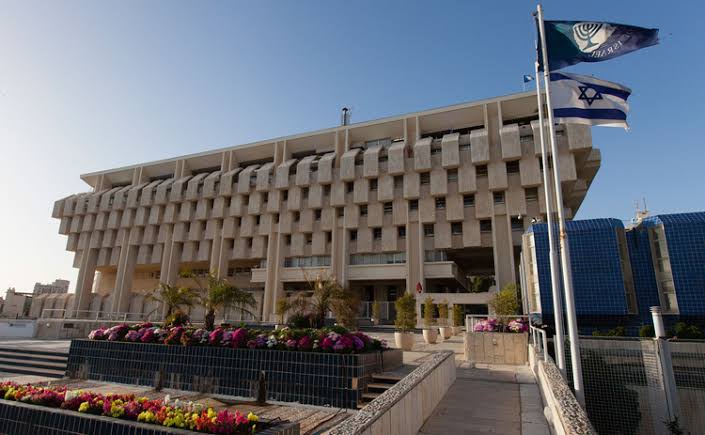A joint report titled “Project Sela – An Accessible and Secure Retail CBDC Ecosystem” has been published by the Hong Kong Monetary Authority (HKMA), the Bank of Israel (BOI), and the Bank for International Settlements Innovation Hub (BISIH) Hong Kong Centre. The report was released on September 12 during a meeting in Tel Aviv.
The two central banks’ first project together in the fintech sector is called Project Sela. The project emphasises the technological viability of a framework for retail central bank digital currency (CBDC) that can encourage competition and innovation in digital payments.
This is accomplished by enabling non-bank payment intermediaries to connect directly to the central bank’s CBDC ledger. The distributed ledger technology (DLT)-based prototype demonstrates how the technical implementation of the suggested structure can satisfy strict policy, legal, and cybersecurity requirements.
When discussing the project’s importance, Howard Lee, Deputy Chief Executive of the HKMA, said, “Project Sela has offered invaluable hands-on insights into the cybersecurity, technical, and policy dimensions of retail CBDC deployment.” He proceeded by saying that even though the HKMA hasn’t decided on its position regarding the introduction of an e-HKD in Hong Kong, the results of Project Sela will direct their ongoing research.
The BOI’s deputy governor, Andrew Abir, emphasised the project’s contribution to fostering innovation and competitiveness. “Cybersecurity remains paramount if central bank funds are to transition to a digital format,” he said. With our partners, Project Sela has encouraged an extensive conversation on the cybersecurity aspects of CBDC.
The project’s investigation into a CBDC system, in which the central bank controls the retail ledger, was explained by Bénédicte Nolens, Head of the BIS Innovation Hub Hong Kong Centre. She emphasised the creation of a “Access Enabler” middleman that increases CBDC access while maintaining user privacy and cybersecurity standards. This encourages competition and innovation. Utilising distributed ledger technologies (DLT), the Hong Kong Monetary Authority (HKMA) has been investigating central bank digital currency (CBDC) since 2017. The HKMA launched Project LionRock in 2017, concentrating on high-value payments.
Project Inthanon-LionRock was introduced in 2019 in partnership with the Bank of Thailand, and by 2021 it had developed into the Multiple CBDC Bridge (mBridge), with a focus on real-time cross-border transactions.
mBridge underwent a pilot phase in Q3 2022, settling transactions worth over HK$171 million. On the retail front, the HKMA is thinking about implementing an e-HKD. A technical whitepaper will be published in 2021, and a position paper explaining its three-rail implementation strategy will be published in 2022. In November 2022, the Rail 2 – e-HKD pilot initiative was introduced, asking interested parties to investigate e-HKD applications.

